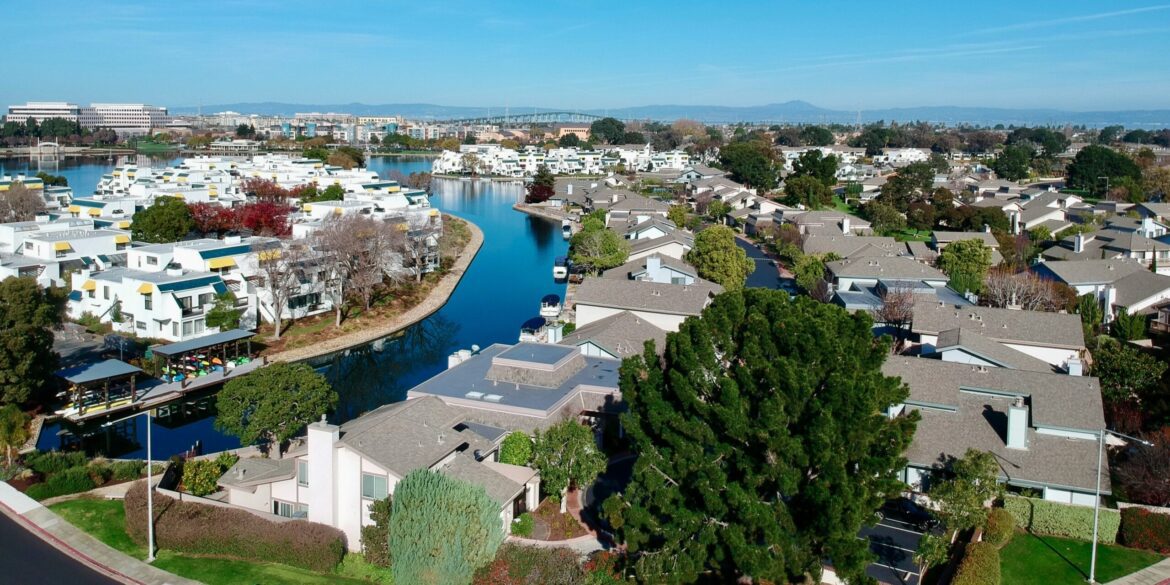Southern California’s housing market is entering the final months of 2025 with a renewed sense of cautious optimism, as conditions show signs of stabilizing after several years of dramatic fluctuations. While the frenzied buying activity seen during the pandemic has subsided, analysts and real estate professionals are noting positive momentum heading into the winter season. Modest gains in inventory, slowing mortgage rate increases, and slight upticks in first-time buyer activity are all contributing to a more balanced market outlook.
As of November 1, housing inventory across key regions in Southern California is slowly beginning to expand. This marks a departure from the tight supply conditions that defined much of the previous three years. The increase in available homes is not dramatic but is considered significant enough to offer buyers more choices, reduce bidding wars, and cool the overheated dynamics that previously discouraged many from entering the market.
Mortgage rates, which have been a major barrier to affordability in recent quarters, are showing early signs of leveling off. Although still well above pre-pandemic levels, recent data suggests that the pace of rate hikes is slowing. This subtle shift has injected a measure of confidence into both sides of the transaction. Buyers who were previously priced out are cautiously reentering the market, while sellers, in turn, are becoming more willing to list homes as pricing becomes more predictable.
Forecasts from leading housing analysts suggest that home values in Southern California are projected to grow modestly by two to three percent over the course of 2025. This measured growth is seen as a healthy correction following years of unsustainable price spikes. Rather than signaling weakness, the modest gains reflect a shift toward normalization—a market that, while still expensive by national standards, is adjusting to higher borrowing costs and broader economic realities.
In the Inland Empire and Ventura County, real estate agents are reporting a noticeable uptick in activity for homes priced competitively. Properties that are listed with realistic expectations are moving faster than they were earlier in the year, often attracting multiple interested buyers. These areas, which have long served as more affordable alternatives to Los Angeles and Orange County, are becoming increasingly attractive to young families and remote workers seeking space and value.
Another promising development is the return of first-time buyers, a group that had been largely sidelined by rising interest rates and soaring home prices. As market conditions ease slightly, more entry-level buyers are exploring opportunities in emerging suburban markets and smaller cities where housing costs are somewhat more accessible. Though this resurgence is still in its early stages, many brokers view it as a critical sign of market vitality.
Southern California continues to benefit from broader demographic and migration trends that are supporting demand. The region remains a popular destination for movers from other parts of the country, particularly the Midwest and Northeast, who are drawn by its year-round mild climate, diverse economy, and cultural vibrancy. This ongoing migration is providing a structural tailwind to the housing market, particularly in the Sun Belt areas stretching from San Diego to the Inland Empire, where new developments are still underway.
While the start of the fourth quarter traditionally brings a slowdown in activity due to seasonal factors—such as holidays, school schedules, and weather—many in the industry are hopeful that the market will remain active through the winter and into early 2026. Improved affordability metrics, coupled with expanded housing options, could help maintain transaction volume beyond the typical year-end lull. Builders and brokers alike are preparing for a more competitive spring market, with new listings and promotional incentives already being planned.
Despite these encouraging signs, challenges remain. Affordability continues to be a significant barrier for many residents, especially in coastal communities where prices remain among the highest in the country. Rising insurance premiums, local zoning constraints, and labor shortages in the construction sector are also contributing to the slow pace of new housing development. In response, some cities are accelerating efforts to permit accessory dwelling units (ADUs) and mixed-use developments to increase housing stock.
Industry observers agree that the Southern California housing market in 2025 is unlikely to return to the feverish conditions of recent years. However, the current environment suggests a shift toward a more sustainable cycle, characterized by steadier price growth, diversified buyer demand, and greater transparency in transactions. This could prove beneficial for long-term market health, allowing households and institutions to plan with greater confidence.
For now, both buyers and sellers appear to be adjusting their expectations and strategies. Sellers are becoming more realistic about pricing, understanding that overvalued homes are likely to sit on the market. Buyers, meanwhile, are acting more decisively when they see value, aware that a broader selection and improved loan options might not last indefinitely.
As the year draws to a close, real estate professionals are watching mortgage trends closely. Should rates stabilize further or begin to decline, it could provide a much-needed boost in affordability and unlock pent-up demand. In the meantime, the Southern California market appears to be charting a path forward—no longer riding the highs of pandemic-era booms, but instead building a new foundation based on moderation, opportunity, and strategic growth.

